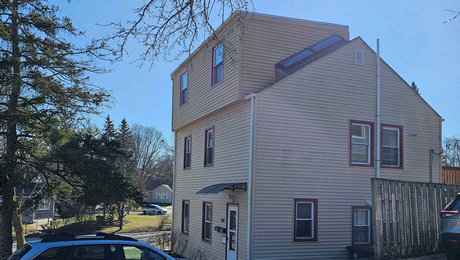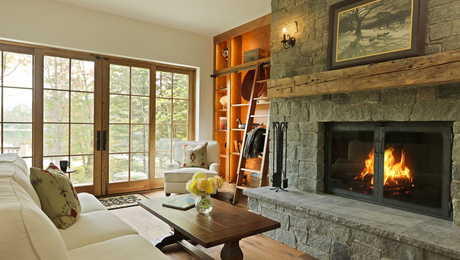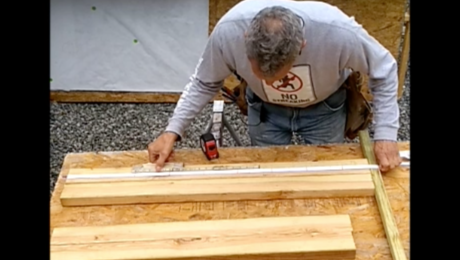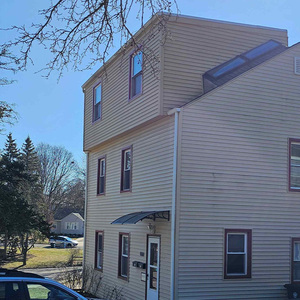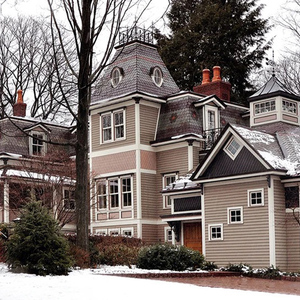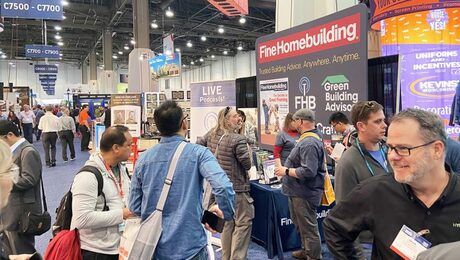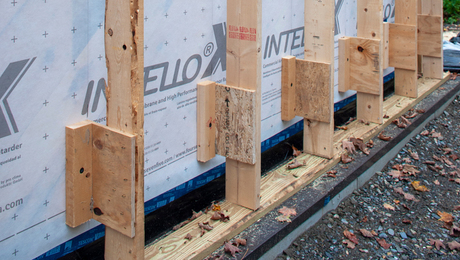Podcast Episode 673: Energy Codes, Air-Sealing Between Floors, and Evaporative Cooling
Listeners write in about drywall sanders, energy codes, and communication cable and ask questions about air-sealing floor trusses and evaporative coolers.
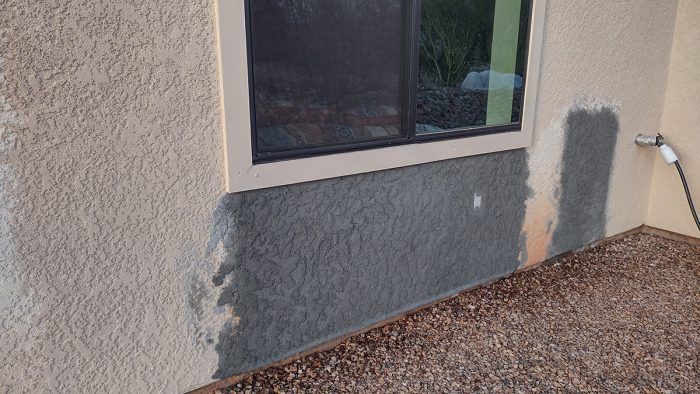
Welcome to the Fine Homebuilding podcast, our weekly discussion of building, remodeling, and design topics aimed at anybody who cares deeply about the craft and science of working on houses. This is senior editor Patrick McCombe. Today I’m joined by Fine Homebuilding associate editor Grant Baver, Fine Homebuilding editorial advisor Mike Guertin, and producer Andres Samaniego. Please email us your questions to [email protected].
You can find previous podcasts and check out the show notes at finehomebuilding.com/podcast
 |
Check in:
Mike: Stucco
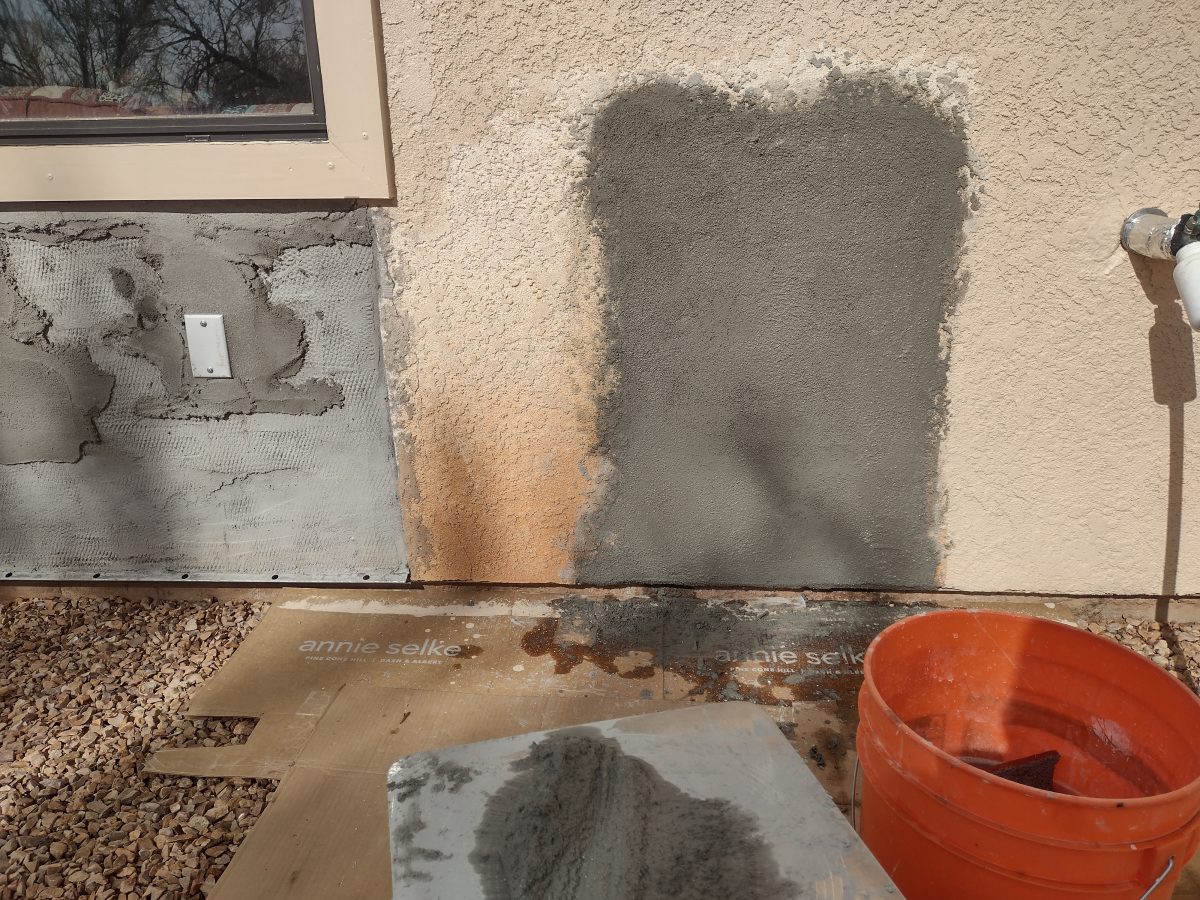 |
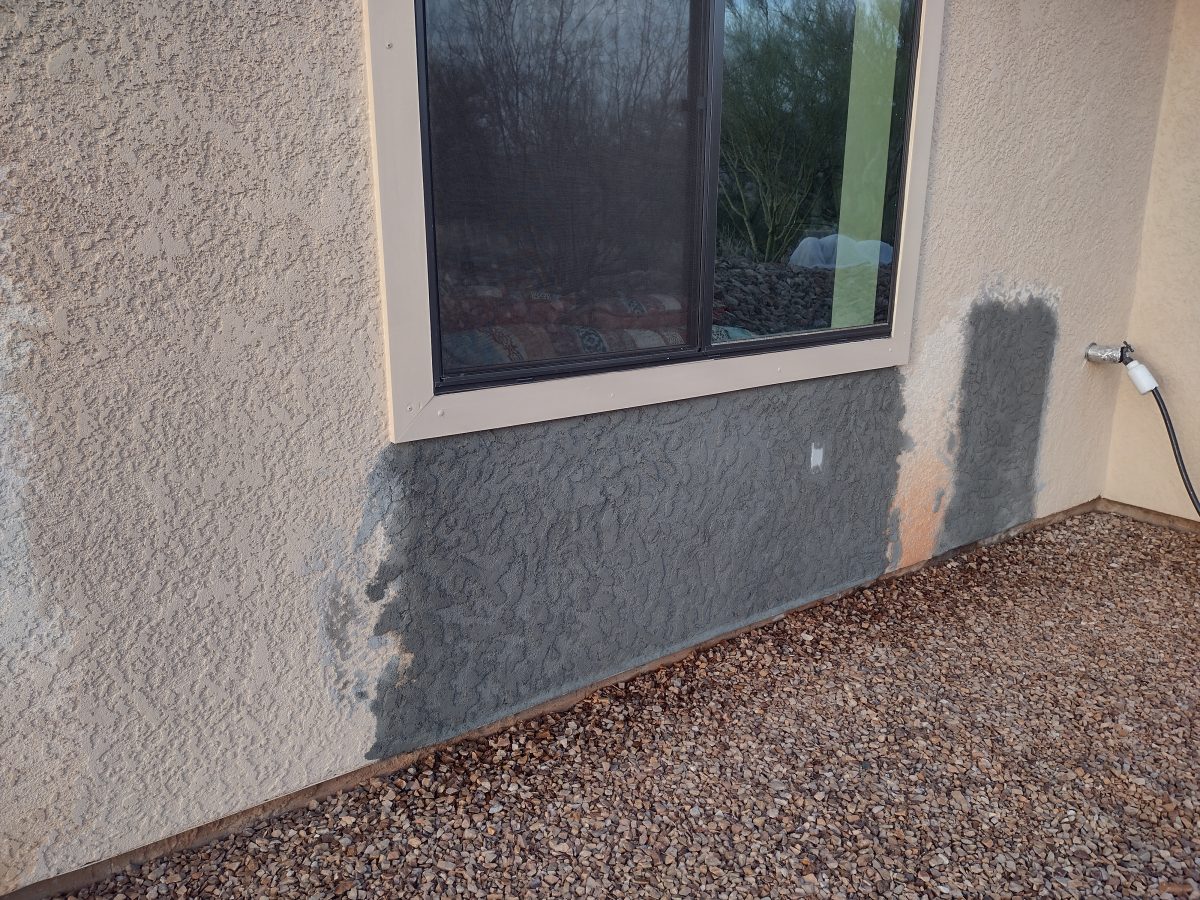 |
Listener Feedback 1:
Doug writes:
Hi All,
When the article on drywall sanders comes out I will be curious to see what kind of reach they allow. In 2007 I started redoing the dining room of our 100-year-old house. This involved stripping wallpaper and patching a lot of cracked plaster. The ceiling needed the most work. I used a lot of plaster washers and dug out cracks, then used mesh tape and a great deal of mud.
I rented a drywall sander to speed up the work and control dust. The one I rented obviously was designed for 8-ft. ceilings, but mine were 9 ft. 3 in. This required holding the sander higher than was comfortable. My arms and shoulders would have welcomed another 18 in. of reach. Even so, it was much better than hand-sanding the whole ceiling.
Keep up the info and fun,
Doug
RELATED STORIES
Listener Feedback 2:
Jason writes:
I like Fridays for two reasons: 1. Because it’s Friday and 2. A new Fine Homebuilding Podcast.
I enjoyed your discussion in Episode 663 on hygric redistribution, reservoir cladding, durability, and modelling vs. field observations. (I always say it doesn’t matter if you can build the middle of a wall right, it is the intersections that matter.)
Are you aware Vermont is the second state in the country to adopt the 2021 IECC with very few amendments, so our new energy code requires continuous insulation?
Vermont has no building code for single-family residential. As such, it has no mechanism for code administration and enforcement. We have no builder training, licensure, permits, inspections, or certifications. We can’t even figure out how to get a comprehensive Builder Registry (aka a list of builders).
The continuous insulation requirement in our new energy code is R-5, whereas the building science community would tell you that in climate zone 6, a safer wall would have R-10, which would have less chance for internal condensation. The problem is that for a well-intentioned Vermont builder, building the least expensive, energy-code compliant wall from inside to outside would be: ½-in. GWB, poly vapor barrier, 2×6 framing, fiberglass batt insulation with little or no air sealing, ½-in. OSB, R-5 polyiso, housewrap, and vinyl siding.
I don’t need to tell you that the wall described above is a bad one. But unfortunately it is our new code minimum. The builders and architects in Vermont have been vehemently opposed to this latest energy-code amendment. Not because we don’t like energy efficiency, but because it is dangerous to have an energy code without the scaffolding or safety rails of a building-code enforcement.
But because of optics, politicians must support energy-efficiency measures. So here we are. I’d love to see a carbon calculation of fuel consumption of the house with and without the R-5 foam vs embodied carbon released when correcting a building failure. My guess is that the latter is 100x greater.
Keep up the good work. Let’s hope more Vermont contractors subscribe to your podcast, because the state isn’t doing anything to train, certify, or inspect us.
Jason Webster
Co-President, HUNTINGTON HOMES, INC.
RELATED STORIES
- Vermont.gov Building Codes
- Jake Bruton Installs Windows with Exterior Insulation
- A Deep Dive Into Continuous Exterior Insulation
Listener Feedback 3:
James writes:
Hi FHB Podcast Team,
I was listening to the story about how Joe ran his fiber optic data cable to his house, and I started smirking because I had a similar story when trying to get my data line buried. Years ago, I had my overhead power lines (and data lines) buried underground prior to replacing my detached garage. I had my electrical subcontractor install two separate conduits (one for the data, one for the power to the house).
I had notified AT&T that there was a conduit installed, and that they could now pull their new wire through it. AT&T had subcontracted out the installation of the cable to a third party, and they could not understand that they were supposed to pull the wire through the conduit, which I had labeled in multiple places to make it as simple as possible.
After a few failed trips by the underground utility subcontractor, I yanked their cable out of the 2-in.-deep “trench” and pulled it through the 1-in. conduit installed by my electrician. I then re-notified AT&T to hook up the new wires, and the technician that came out to complete the hookup was very easy to work with.
Moral of the story: I wish it was more commonplace for these data lines to be installed in conduit. As a high school kid working summer jobs as a landscaper, it was almost a routine calling the data companies after we knifed through their wires while installing irrigation systems. This would also help for future proofing, because as technology changes—and so do their conductors—installers can use the old wires to pull in the new wires through the same conduit.
Love the podcast. Thanks for all the shared stories.
Question 1: What’s the best way to air-seal and insulate floor trusses?
Larry writes:
Hello!
The upper level of my 35-year-old coastal South Carolina home has a smaller footprint than the lower level on all sides. The portion of the lower level extending beyond the upper level is capped with a shed roof that terminates 2 ft. above the upper-level floor trusses. During summer afternoons, the lower 2 ft. of the upper-level interior walls are warm to the touch, while the upper portion is cool. Additionally, the air in the flooring truss space is warm and humid. The shed roof has a continuous perforated soffit around the house, but no other venting.
The lower-level ceiling under the shed roof—as well as the rim trusses—has fiberglass batt insulation. During the course of scheduled renovation, the lower-level ceiling will be removed, providing access to the interior of the shed roof and the rim trusses. Do you have any thoughts on effectively—yet economically (LOL)—insulating/sealing that area in order to eliminate the warm, humid conditions?
Thanks,
Larry
RELATED STORIES
Question 2: Does evaporative cooling work in an airtight home?
Cory writes:
I moved from New Hampshire to southern Utah a couple years and am fixing up an old house to be much more energy efficient. I’m in the process of adding blown-in wall and attic insulation,as well as exterior insulation with synthetic stucco—and air-sealing of course (I’m hoping to get below 2 ACH50). Winters can be pretty cold and summers are hot, so these thermal improvements will be very welcome.
I’m planning to use a small propane combination boiler for heat and hot water and am stumped on the cooling. The house originally had an evaporative cooler, as do most of my neighbors’ homes. I’m worried that an evaporative cooler won’t work on an airtight home. We’re in a small, fairly remote town, and most people do all the work on their own homes. I’ve asked several locals, and the responses are all over the map. Some say a swamp cooler will work fine, and others say it won’t work at all.
Most think I’m crazy making a tight house. I costed out having a split system heat pump installed (about $10,000), and a new swamp cooler system is much less (only $2000 installed). Another budget-saving option is to clean up and reinstall the existing swamp cooler. It’s a 12-year-old, 2-speed model and probably only needs new pads, which cost under $100, and maybe a float switch. The house is a 1,300-sq.-ft. 2-bedroom, 2-bath ranch and will have an open layout inside once I’m done removing some walls. Do you know if evaporative cooling will work in a small tight house? And if so, how would I size the system for an energy efficient house?
RELATED STORIES
- Evaporative Cooling Systems
- High-Tech Heating and Cooling Systems
- How to Choose the Right-Size Heating and Cooling System
Please sign up for a Fine Homebuilding All-Access Membership
Unfortunately that is all the time we have for today. Thanks to Mike, Grant, and Andres for joining me and thanks to all of you for listening. Remember to send us your questions and suggestions to [email protected] and please like, comment, or review us no matter how you’re listening–it helps other folks find our podcast.
Happy Building!
Fine Homebuilding Recommended Products
Fine Homebuilding receives a commission for items purchased through links on this site, including Amazon Associates and other affiliate advertising programs.

8067 All-Weather Flashing Tape

Affordable IR Camera

Reliable Crimp Connectors


